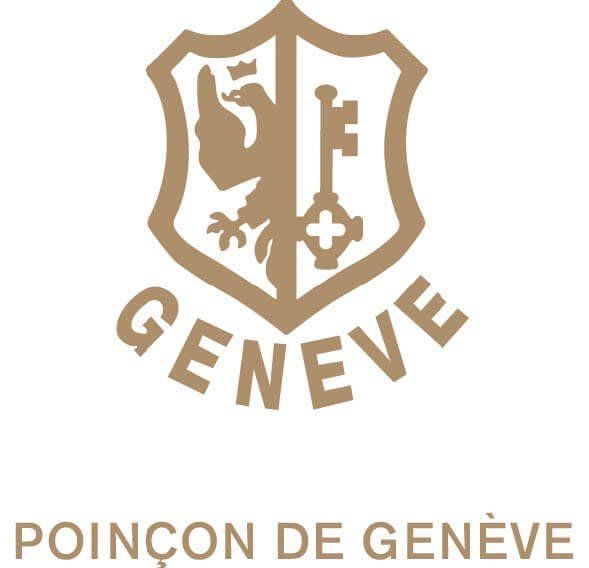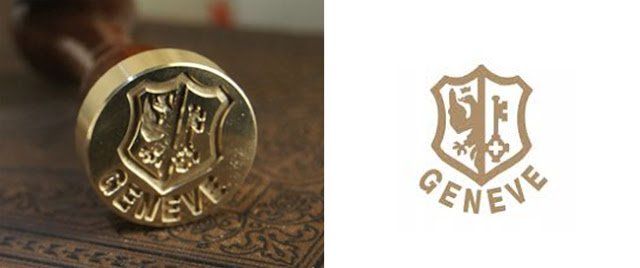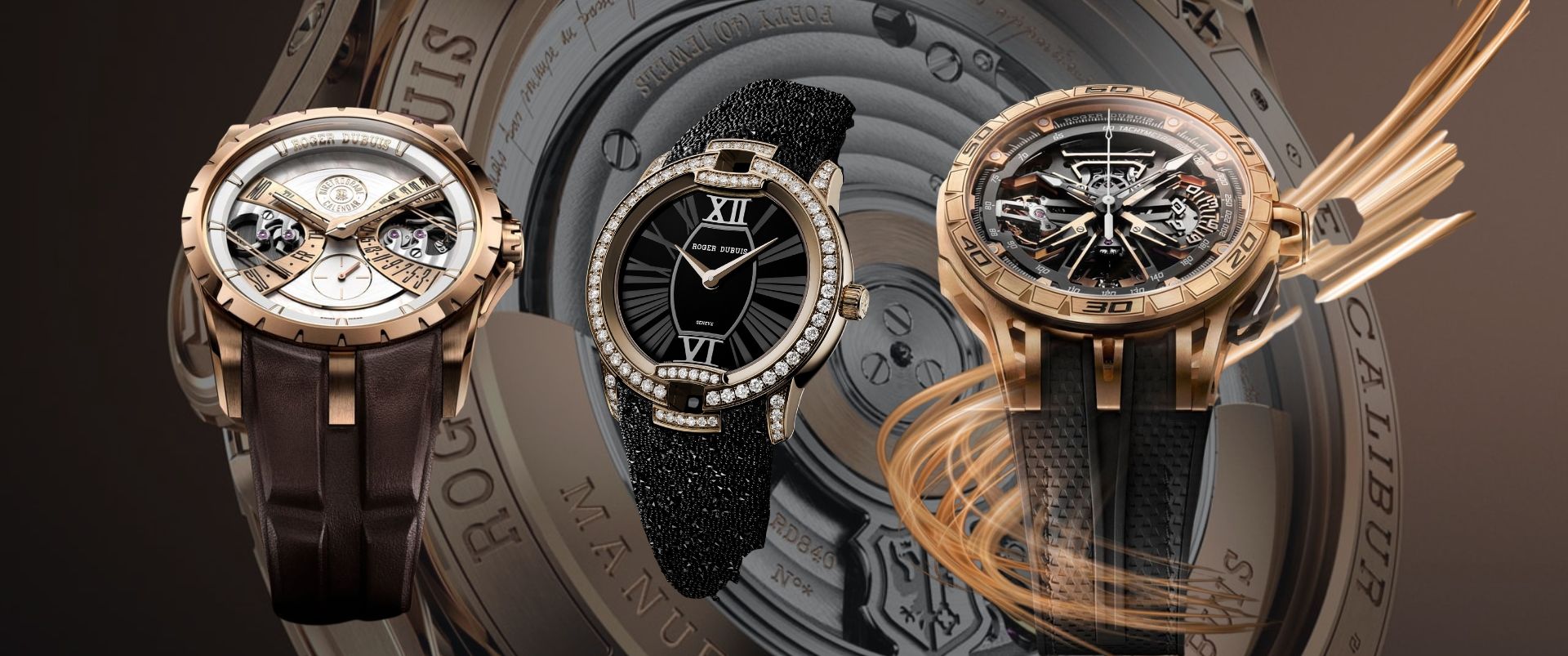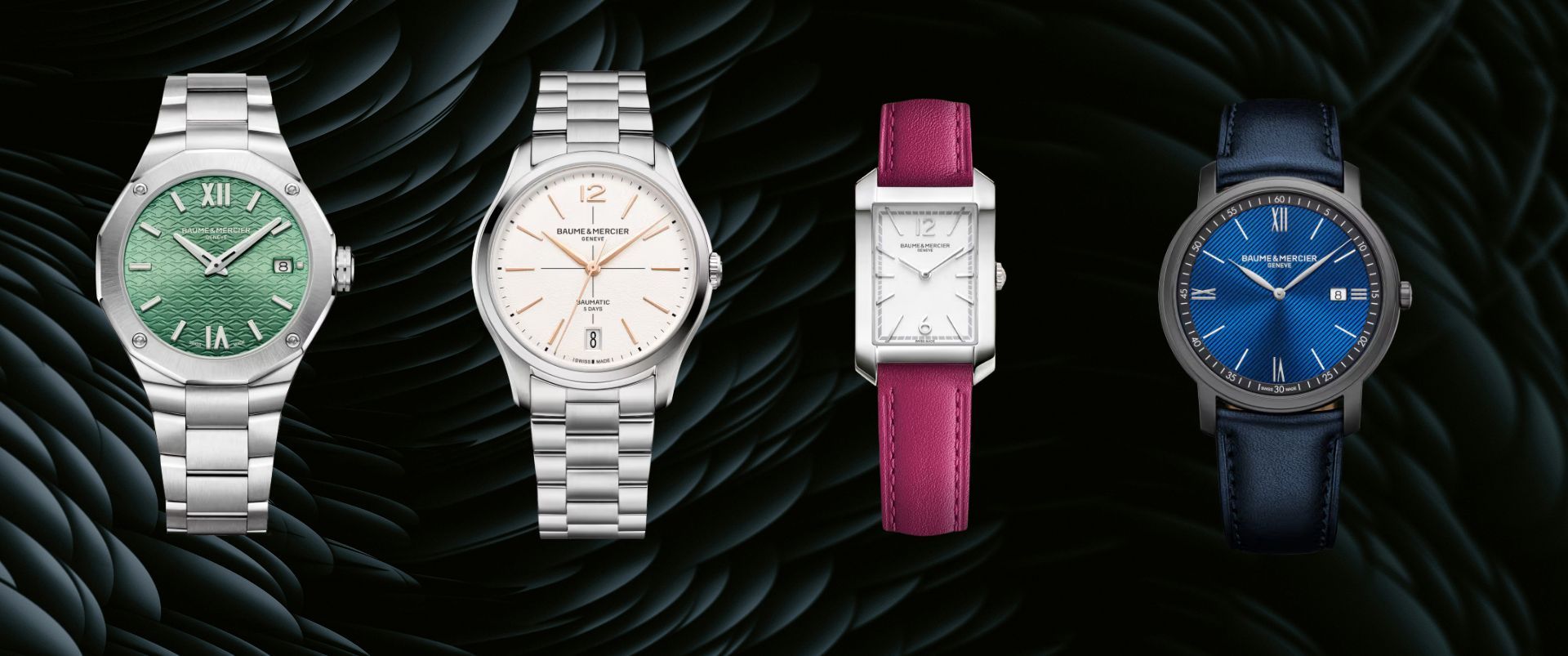The Geneva Seal: A Symbol Of Quality or Origins?
What is it that you consider a hallmark when making a purchase? Is it quality? Is it the price? Is it a certain certification mark? While every industry has a certain hallmark of excellence, the watch fraternity also holds the ‘Geneva Seal’ in the highest regard. A defining mark of luxury.
You may wonder what this seal really is? Allow me to take you on a journey right from its history to now…
Is it a symbol of quality or of origins?
The Geneva watchmaker sector was undergoing substantial changes in the early 1880s. Large industrial firms sprung up alongside the faltering independent watchmaker workshops, as well as a slew of craftsmen dealing in timepieces of all kinds. Furthermore, in the provinces of Berne and Neuchâtel, where major watchmakers such as Omega and Zenith were seeing tremendous growth, the competition was fierce.Geneva watch exports accounted for more than a third of total Swiss exports in value by the end of the nineteenth century, with annual manufacturing topping a million pieces. Nonetheless, the rise of industrialisation in the watchmaking industry posed a threat to Geneva's primacy. The increased competition from other Swiss areas as well as foreign nations prompted Geneva watchmakers to raise the quality standard of their products, making them desired objects for their excellence, accuracy, and elegance, which could not be easily replicated by simply adopting new manufacturing processes.
As a sign of outstanding quality and expertise, Geneva watchmakers began engraving the name of their city into their watch mechanisms. Unfortunately, this defense did not prove to be very effective. In truth, some non-Geneva watch companies continued to use the city's name in a deceptive manner. They even promoted their timepieces as "manufactured in Geneva" in periodicals, despite the fact that they were not. Worse, they etched the Geneva name even on low-quality clocks, putting Geneva's image in considerable jeopardy.
Birth Of A Hallmark
To combat this scenario, a handful of watchmakers formed the Union des Horlogers in 1873, which five years later became the Société des Horlogers de Genève (Geneva Society of Watchmakers), essentially a trade club dedicated to protecting its expertise.
Their campaigning paid off, and on November 6, 1886, the Republic and Canton of Geneva passed a law (Law I 1.25 on the Voluntary Inspection of Watches in the Canton of Geneva) that established severe requirements for Geneva-made watches as well as the certification label Poinçon de Genève (Hallmark of Geneva).
The Aftermath
There were concerns, one of which was that the law required enterprises to submit their items to the official office voluntarily before any adherence process could begin. This resulted in a considerable decline in the number of companies utilising the Geneva emblem, as well as a deterrent to wearing the Geneva Seal — particularly in the early twentieth century. In the years running up to World War I, the Geneva Seal office received less than 500 applications per year on average. Patek Philippe and Vacheron Constantin were among the few businesses who followed the Geneva Seal, with Vacheron using it since 1901.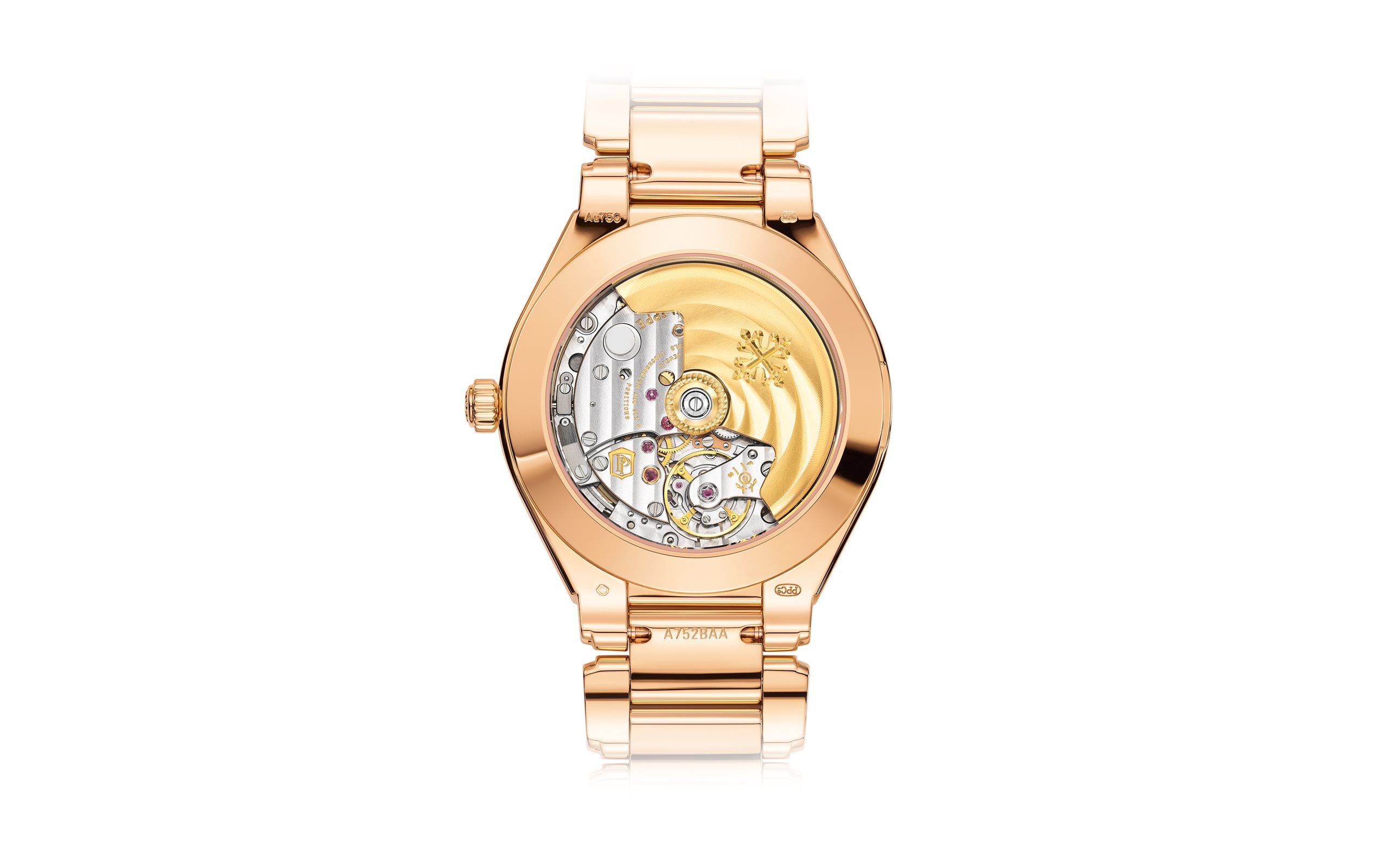
What Is The Geneva Seal?
The Geneva Seal, also known as the Poincon de Genève, Geneva Hallmark, and Geneva Hallmark, is a quality symbol awarded to watches that are presented for examination to an independent bureau in Geneva that is under state control. The Poincon de Genève is currently the only watchmaking label with a State guarantee, and TimeLab – the Geneva Laboratory of Horology and Micro-engineering – is in charge of that effort.The watch movement must satisfy 12 criterias related to the quality of its finishing and materials in order to get the seal. Only timepieces with exceptional ornamental finishing are given the accreditation, certifying them as works of art. In addition, the certificate confirms that the watch is well-made and chronometrically accurate. The finished watch is also put through its paces in terms of water resistance, power reserve, and other factors.
Most crucially, the watch – and all of its parts – must be manufactured in Geneva to be recognised by the Canton of Geneva and so be eligible to be inspected for the Seal. Even the diamond setting on a watch must be completed in Geneva. When the watch movement is authorised, the seal (which bears the Geneva Coat of Arms) is stamped on it.
Earning the Poincon de Genève is no easy task, especially in a timepiece with hundreds of pieces, as each component (from wheel trains to the adjustment system, balancing wheel, spring, and all shaped elements, including screws and pins) must be delicately ornamented and completed to immaculate perfection. Polished chamfers and straight-grained sides are required on screws and pins. Only a few brands now submit their watches for the Geneva Seal. Since September 2013, each Geneva Seal-certified watch has been given a unique key or code that a buyer can use to verify the certification's legitimacy.

Present Day
Only a few watches today receive the Geneva Seal, and the industry prefers the less restrictive "Swiss Made" designation. Although the Geneva Seal has grown in favour, particularly as the "Swiss Made" certification has lost its social cachet, customers have become less concerned with such distinctions. The rise of others like the "Swiss Movement" and "Swiss Parts" had an impact, but growing interest in watches from the United Kingdom, China, the United States, and Germany had a bigger impact. This is also why, in 2017, the "Swiss Made" standards were tightened, going from 50% to 60% made in Switzerland.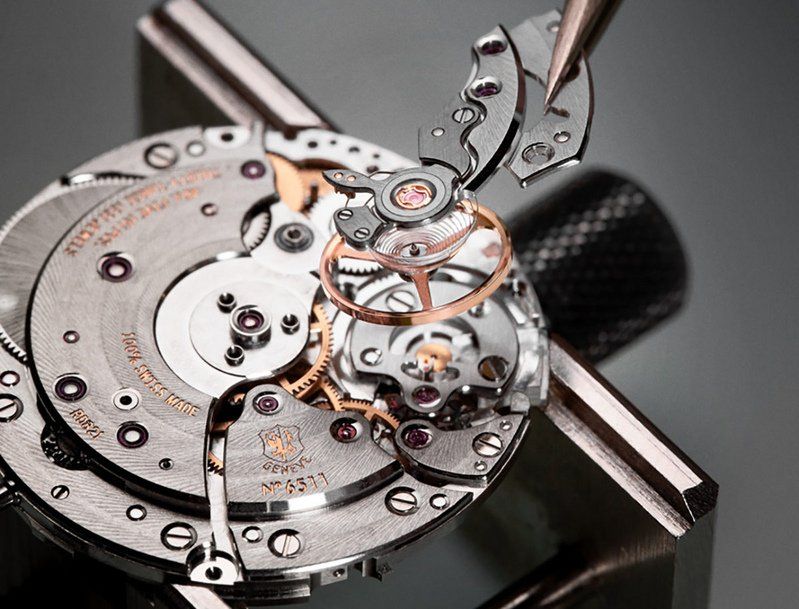
While Vacheron Constantin & Patek Philippe continue to use the Geneva Seal to the present day, emerging brands like Roger Dubuis assure that the Geneva Seal is present on all of its models throughout its entire range. What a way to pay tribute to the 300-year old watchmaking tradition.
No articles found

